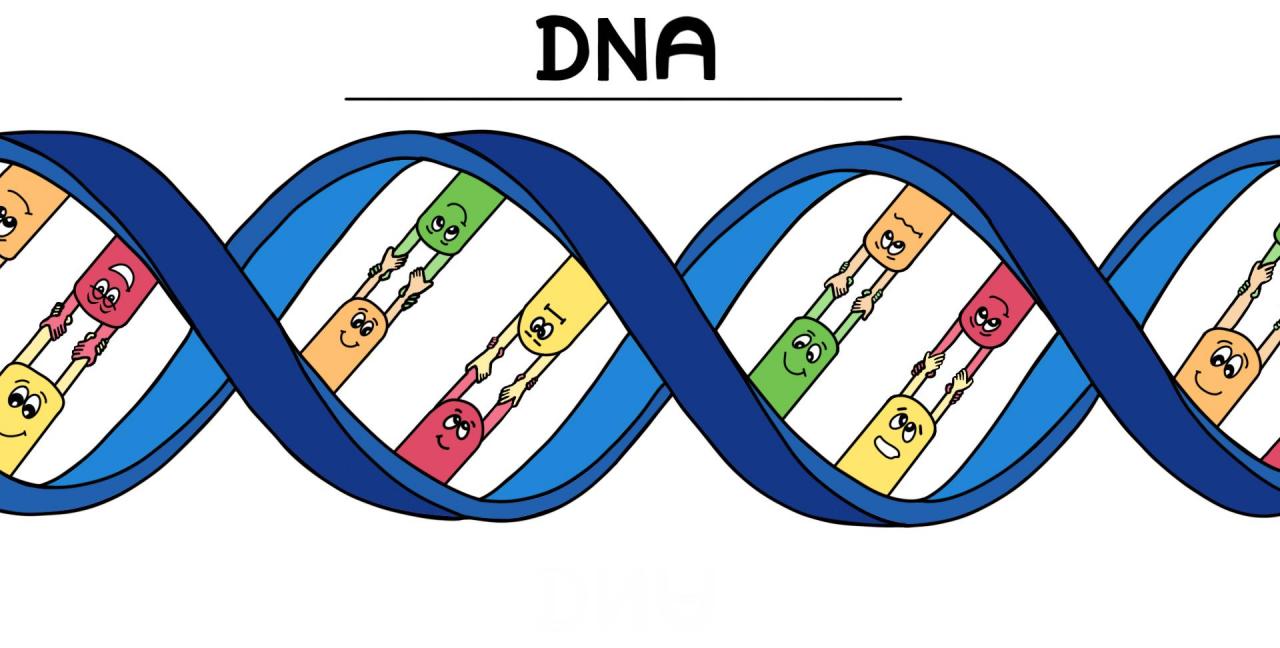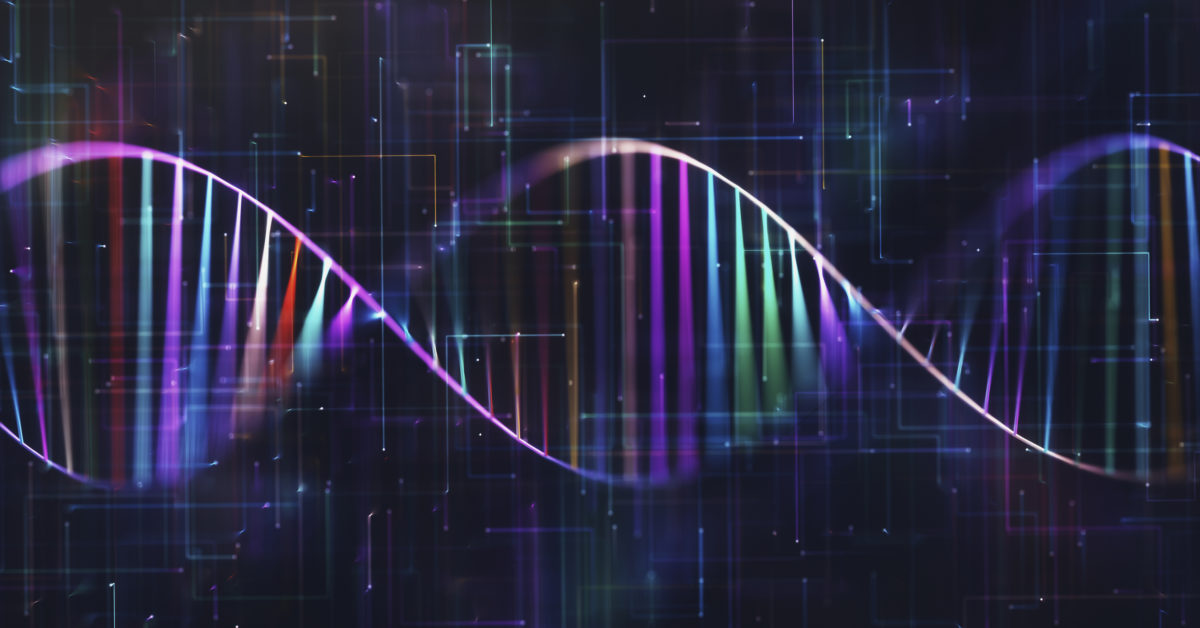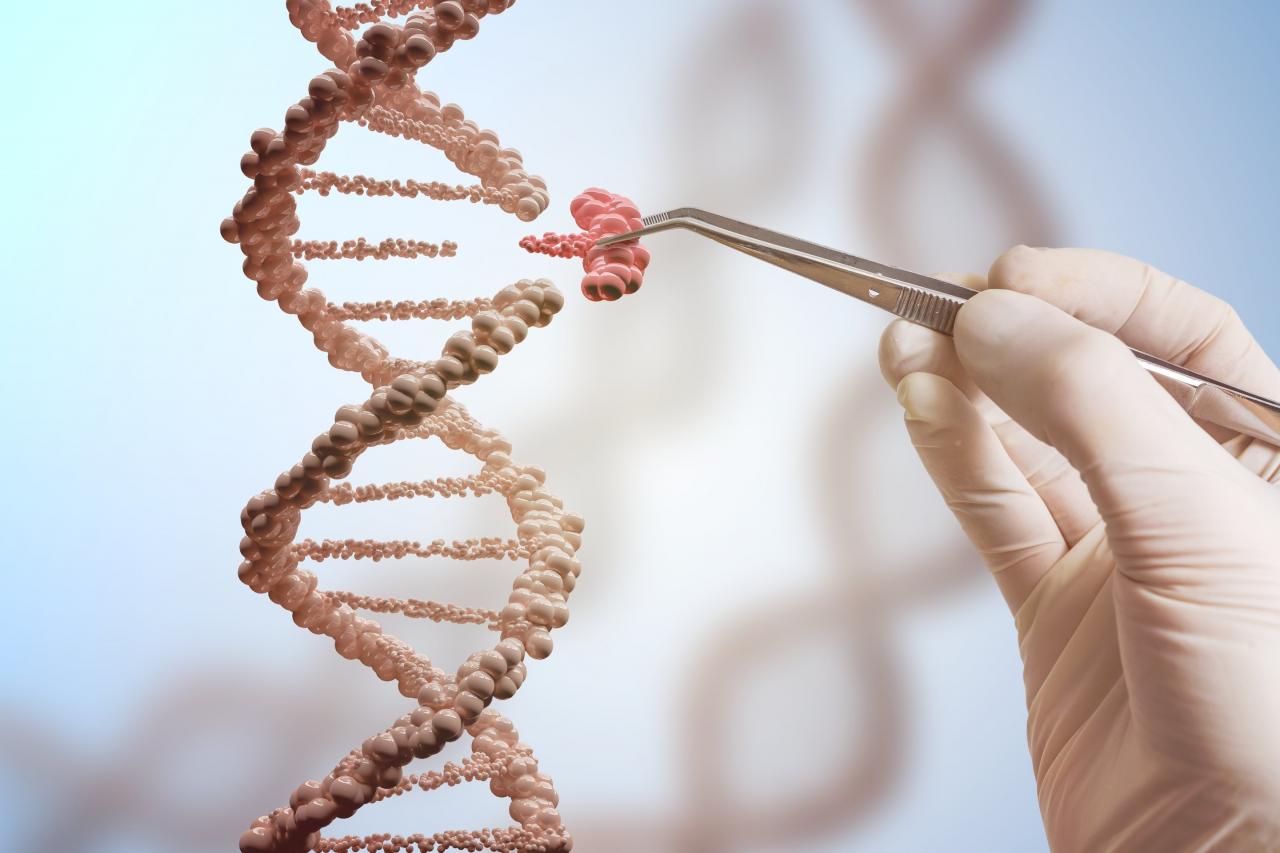We all had this one school friend who was simply the best in every sport. At that time you might have thought “some are just more athletic than others”.
What may still seem incomprehensible and unfair to you today is solely a biological factor. Whether sport and performance, appearance, intelligence or even the taste of clothes and the choice of partner – how people go through their lives depends to a large extent on their genetic makeup.
DNA is the basis of our life. It contains all genetic information. Essentially, it is the biological instructions for use that are in each of our cells.

Does that mean, conversely, that we are, so to speak, preprogrammed by our DNA? Or is it up to us how we live, how old we get and how healthy we stay?
In recent years, the knowledge about our genes has changed again and again due to new scientific findings. New directions of research emerged and increasingly specific areas of our DNA were scrutinized.
To understand how our body’s blueprint works and what we have in our hands in our own lives, we asked Lykon, a Berlin startup that uses blood and DNA tests to develop personalized health strategies.
Tobias Teuber, the founder and CEO of Lykon, took time for us to shed some light on the eternal questions of science. The business economist and health expert has been digitizing the field of laboratory medicine for five years now to enable everyone to use medical knowledge and the latest health technologies.
In our live session on Monday, September 7th at 6.30 p.m. , Tobias Teuber will answer your questions on Instagram! You can now ask all your questions about genes in connection with exercise and nutrition on our Instagram account.
First we clarify the 3 most common myths about genes and inheritance:
Myth 1 – Man is only a slave to his genes

Genes do not determine which properties we have and which we do not. Although some traits, such as blood type, are strictly determined by our genes, they are usually not the only determinants of traits. Who we are also depends on the environment in which we live.
Ultimately, for example, someone who leads an active and healthy life can minimize the risk of hereditary diseases.
There are also several genes that determine most of the external appearance characteristics in humans, such as height, eye and skin color. Recent research has even shown that almost 100 genes can affect skin color! The color of your skin depends on both the amount of melanin produced and the type (black, brown or reddish).
Myth 2 – All genetic changes are harmful

No way! Most changes or mutations that occur in our DNA are changes in individual basic building blocks.
Recent research even suggests that each of us inherits around 60 new mutations.
When mutations appear in a gene, they may not result in a significant change. It is likely that the mutation will go unnoticed.
Better still : Mutations can even be beneficial for us. For example, a mutation could make you resistant to certain diseases. People who carry this mutation pass it on to their offspring. Mutations can therefore to a certain extent help us to adapt to environmental changes.
Myth 3 – We have changed little since the Stone Age
When was the last time you cursed another road user while driving? Or overtaken on the right to be faster?
In many situations of modern everyday life, the Stone Age man still clearly emerges in us.
Originally it was assumed that genetically not much happened in the transition from hunter-gatherer to arable farmer and cattle breeder.
Because it is now possible, with the help of better DNA extraction techniques, to analyze what is arguably the largest collection of genome-wide data sets from ancient human remains today, we know that a lot has happened.
What has changed?
- the body size
- the ability to digest lactose in adulthood
- the fatty acid metabolism
- the vitamin D level
- the skin pigmentation
- the eye color
- the immune system
But at the end of the day we have the genetic trinity of the prehistory, i.e. the stone and the Bronze Age in us, 30% are hunters and gatherers, 30% early farmers and 40% steppe cattle herders.
Europeans are a genetic mishmash that has also shaped their appearance: They have the blue eyes from the hunters and gatherers, the light skin from the early farmers and the blond hair from the steppes.
You can find out in our live session whether there is such a thing as an athlete gene and to what extent our diet is dependent on the genes.
Try it out!
With the help of Lykon’s blood and DNA tests, you can put together your individual sports and nutrition plan. Experience how healthy it is!


